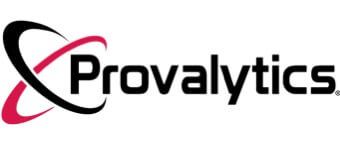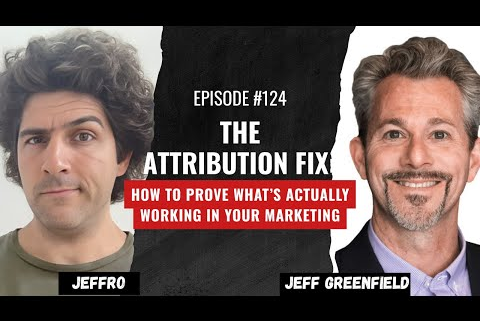Beyond the Click: Solving the Attribution Crisis in a Cookie-less World
In a recent episode of the Digital Dominance podcast, host Jeff “Jeffro” Dwoskin sat down with Jeff Greenfield, CEO of Provalytics, to talk about one of the biggest blind spots facing modern marketers: attribution in a post-cookie world.
As privacy laws tighten and third-party cookies near extinction, marketers have lost the ability to track users across platforms. “It’s like playing Frogger,” Greenfield joked. “Your customers are jumping from app to app, and you’re left guessing where to spend your next marketing dollar.”
🚀 Yes, I Want The 2026 Playbook!
The Collapse of the Old Model
Cookies once served as the connective tissue of digital advertising. They allowed platforms to track exposures, limit frequency, and attribute conversions. But thanks to Apple’s App Tracking Transparency (ATT), the rise of privacy-first browsers, and the dominance of mobile apps and walled gardens like Meta, Google, and Amazon, those tools no longer work the way they used to.
Greenfield put it plainly: “Even Meta and Google are blind to their own performance.”
This confusion is hitting marketers hard—especially those relying on ad platform reports as their main performance source. “Every platform claims it drove your last sale,” Greenfield said. “But when you add them all up, they often overcount by 4x.”
The Halo Effect—and the Hidden Danger
One of the most relatable moments came when Greenfield illustrated the marketing halo effect with a simple product: a no-leak garden hose.
Say a consumer sees your ad on Facebook, then again on Instagram. A few weeks later, their old hose breaks. They Google your product name, click, and buy.
In your analytics? Google gets all the credit.
But in reality? Meta built the awareness. And if you cut Meta based on that misleading attribution, sales drop.
That’s the cost of click-based thinking. “Clicks are the after-effect,” Greenfield explained. “Real marketing builds momentum. Attribution needs to account for that.”
Measuring What Can’t Be Tracked
Provalytics takes a different approach. Instead of chasing user-level data, the platform models results based on impressions, reach, and real-world impact.
The process is surprisingly accessible: “Every business has a spreadsheet,” Greenfield said. “You’ve already got columns for spend, clicks, and leads. Now add impressions. Graph it. Then look at the delay between high impressions and rising conversions. That’s where the story is.”
This shift—from instant clicks to delayed influence—gives marketers a clearer view of what’s actually driving results.
Attribution Meets AI
Provalytics also uses proprietary AI to automate the messy math behind marketing performance. The platform ingests spend and result data across all platforms, then de-duplicates conversions, models incrementality, and identifies the true lift driven by each channel.
Greenfield encourages teams to export that data into tools like ChatGPT: “Use AI to help extract the story. What changed this week? What creative performed best? What budget shifts will make the biggest impact?”
The Takeaway for Growth-Focused Brands
The message is clear: It’s time to move past last-click attribution and start measuring marketing the way it actually works—in layers, over time, and across platforms.
“You don’t need to guess,” Greenfield concluded. “You just need the right lens to see the story behind your numbers.”
📊 Explore how Provalytics brings clarity to modern marketing at Provalytics.com


